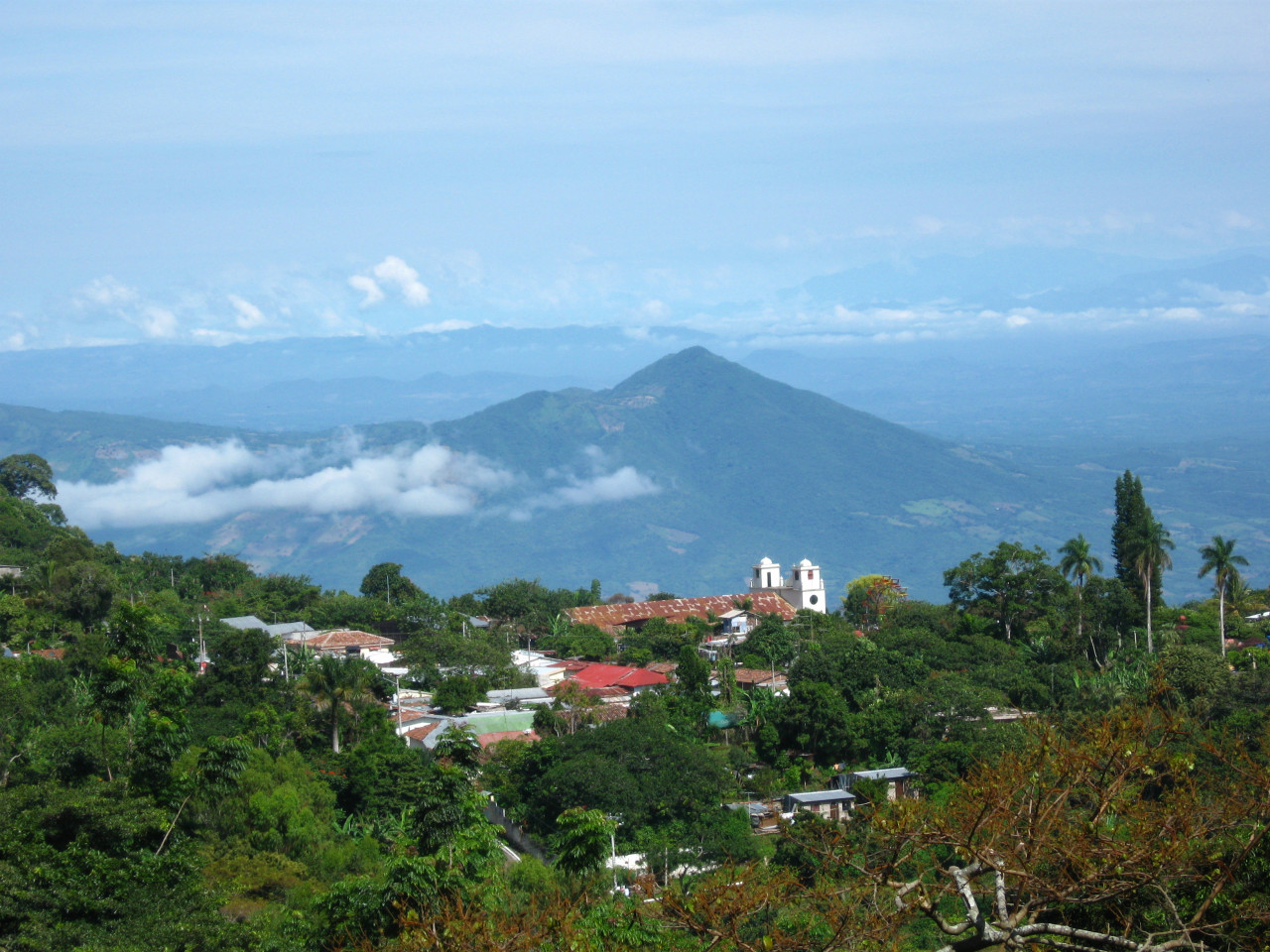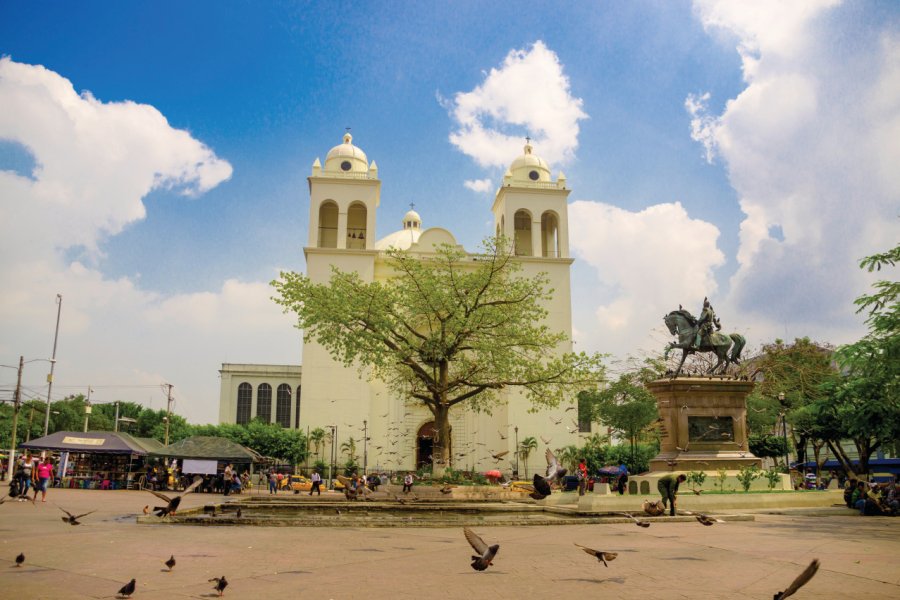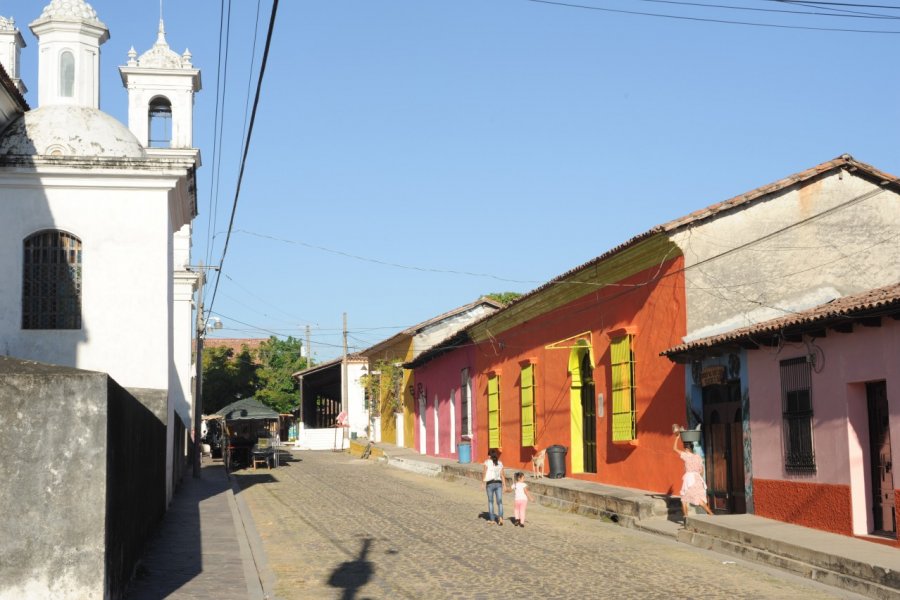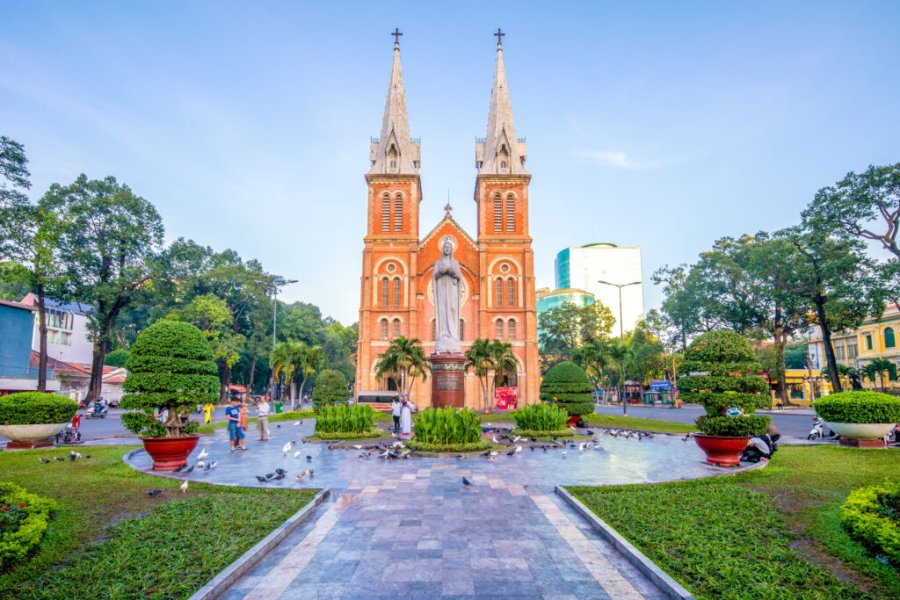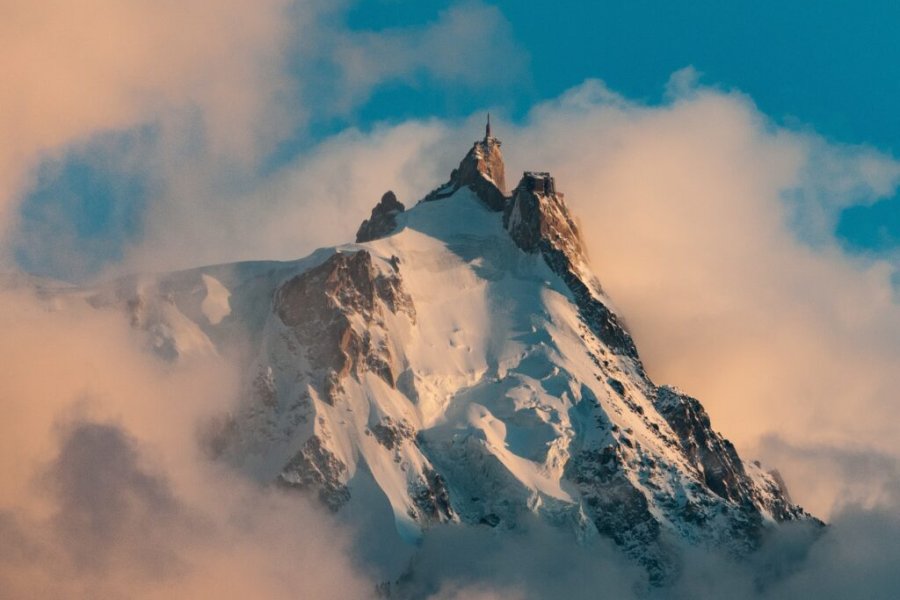The colors of El Salvador - 3 weeks tour
Highlights of the trip
During your stay you can enjoy the following highlights: Culture / Heritage, Faune and flora, Discovery, Free time, Relaxation / Well-being.
Best times to go
The best time(s) to go is/are : Printemps, Eté, Automne, Hiver.
Petit Futé
Where to stay in : San Salvador ?
The map of your stay "The colors of El Salvador - 3 weeks tour"
Detail of the stay : The colors of El Salvador - 3 weeks tour
How to get there - San Salvador
San Salvador, volcano and historical center - Santa Tecla
Steps: Santa Tecla
Climb the San Salvador volcano by vehicle with stops at different viewpoints. Visit on foot the El Boqueron Volcano Park. Later, go to the capital for a walk in the historical center, discover the main monuments and the central market. At the end of the afternoon, stroll along the Paseo del Carmen in Santa Tecla and enjoy the very Latina atmosphere
Puerta del Diablo, Panchimalco, Puerto La Libertad

Steps: Panchimalco
Start with a visit to the Puerta del Diablo, rock formations, and then to the mirador de los Planes, which offers a beautiful view. Visit the village of Panchimalco which has a colonial church and a house of culture that keeps alive the traditions of the Pipils. Discover Puerto La Libertad, the main artisanal fishing port of the country with its fish market and its waterfront.
Suchitoto and the lake Suchitlán
Steps: Suchitoto
Visit the pretty colonial city of Suchitoto, with its colorful streets. As you walk around, you'll discover views of Lake Suchitlan below. Discover an indigo workshop and visit the last person who makes cigars by hand. In Puerto San Juan take a tour of the lake, sail to Bird Island, a breeding ground for migratory birds.
Cinquera - Ilobasco - San Sebastian
Steps: Cinquera
After walking along the shores of Lake Suchitlán, we arrive in Cinquera, which preserves vestiges of the armed conflict of the 1980s. Ilobasco has a special tradition, the creation of handmade ceramic or clay figurines of great finesse. San Sebastian is famous for its production of colorful textiles that are made on old looms.
Cihuatan - La Palma - San Ignacio
Steps: San Ignacio
Cihuatan, the largest archaeological site in the country, has a fortified enclosure with a pyramid, as well as 2 games of pelota
La Palma is the Salvadoran handicraft center par excellence, with its handicraft market. Many houses have facades painted with traditional naïve motifs. San Ignacio, dominated by the Peñon de Cayaguanca (rock formation), is a beautiful mountain village.
El Pital - Citala
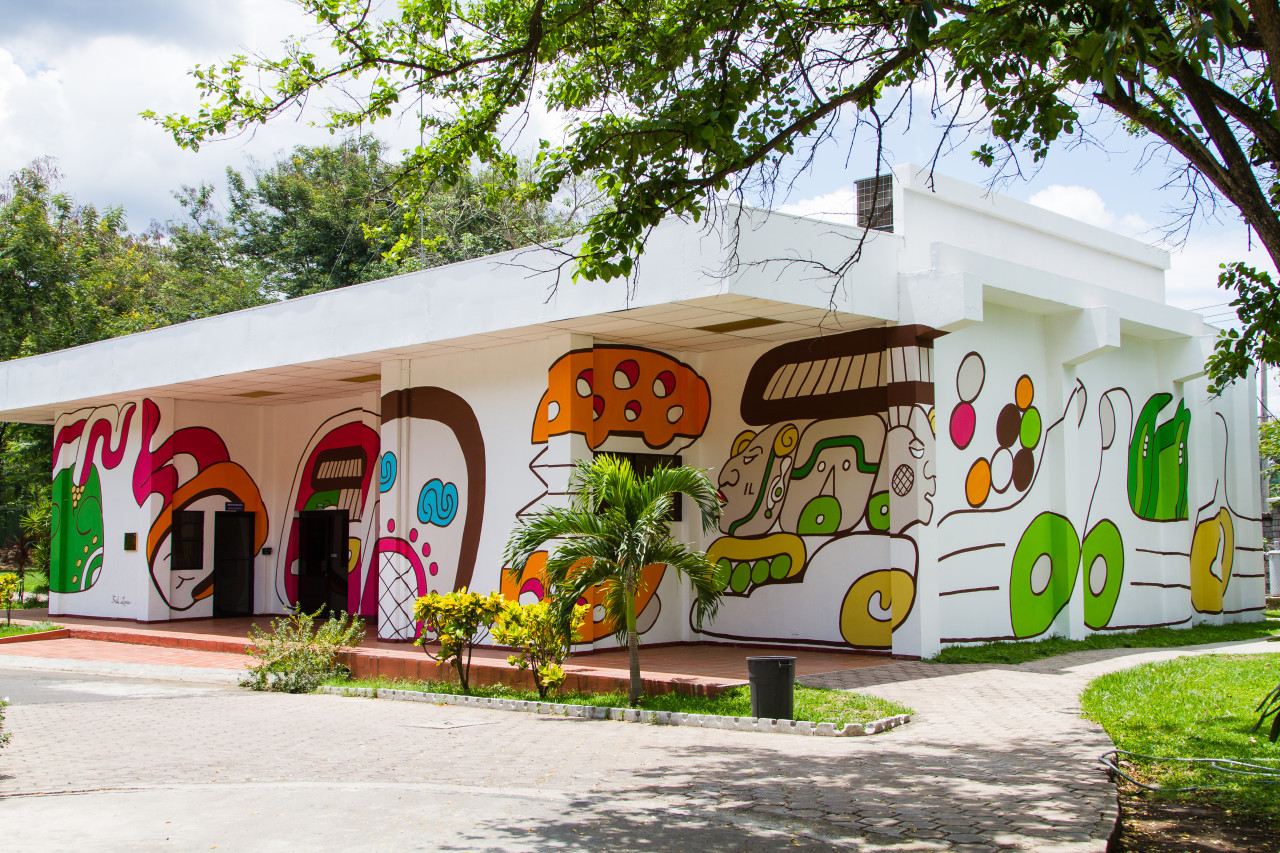
Steps: El Pital
El Pital, the highest point of El Salvador with a height of 2,730 meters. The natural scenery of this site is exceptional; you can enjoy a panoramic view of a large part of the country
Citala is located on the border with Honduras. The small town has a beautiful church from the time of the Spanish colonization, it is considered to be one of the oldest in the country.
The Pompeii of America - Mayan Sites - Thermal Waters
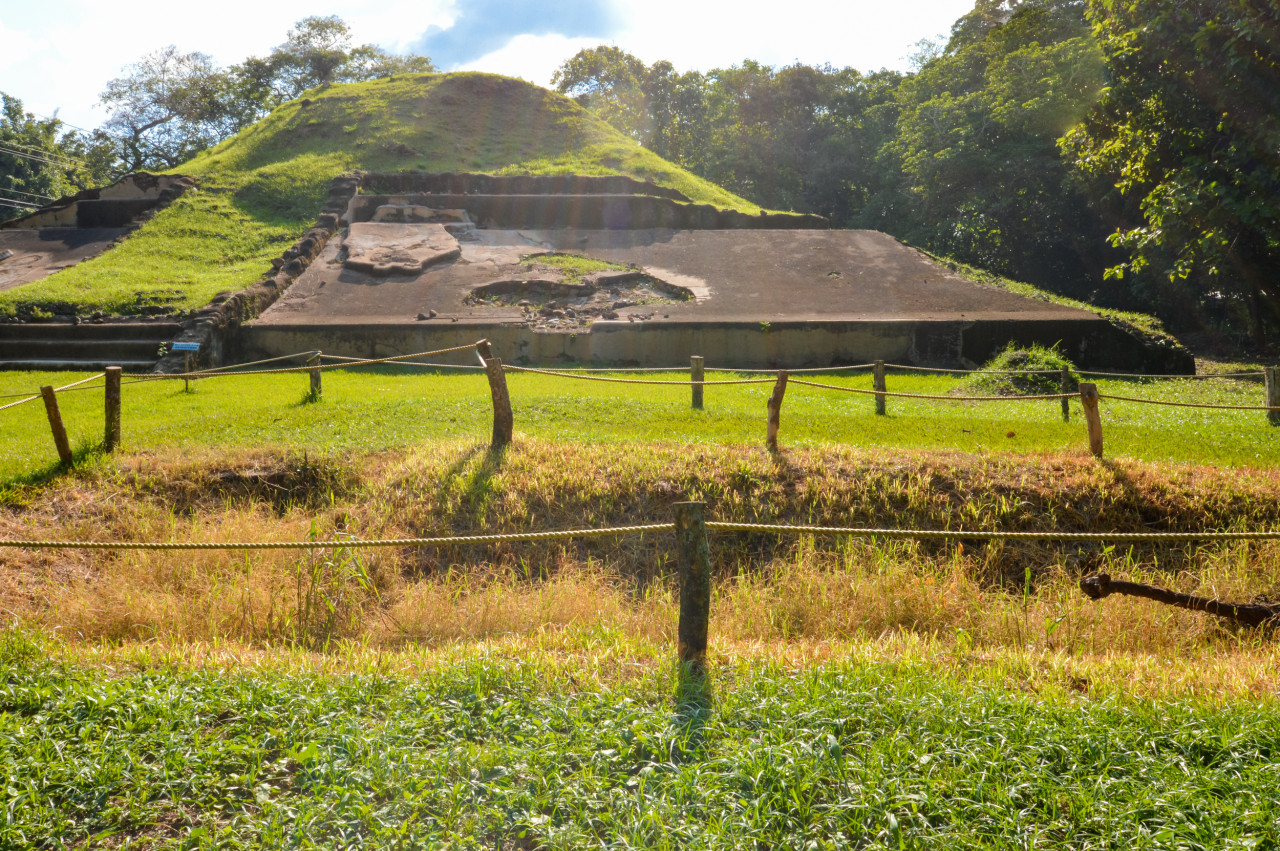
Steps: Sitio Arqueológico Joya De Cerén
The site of Joya de Ceren has been declared a world heritage site. It shelters the ruins of an agricultural village buried under the volcanic ash. Continue to Chalchuapa and its Tazumal site, an important Mayan city with a 24 meter high pyramid. At the end of the afternoon, arrive at Ahuachapan and take the opportunity to rest in the hot thermal pools.
The Chingo volcano and the San Antonio finca
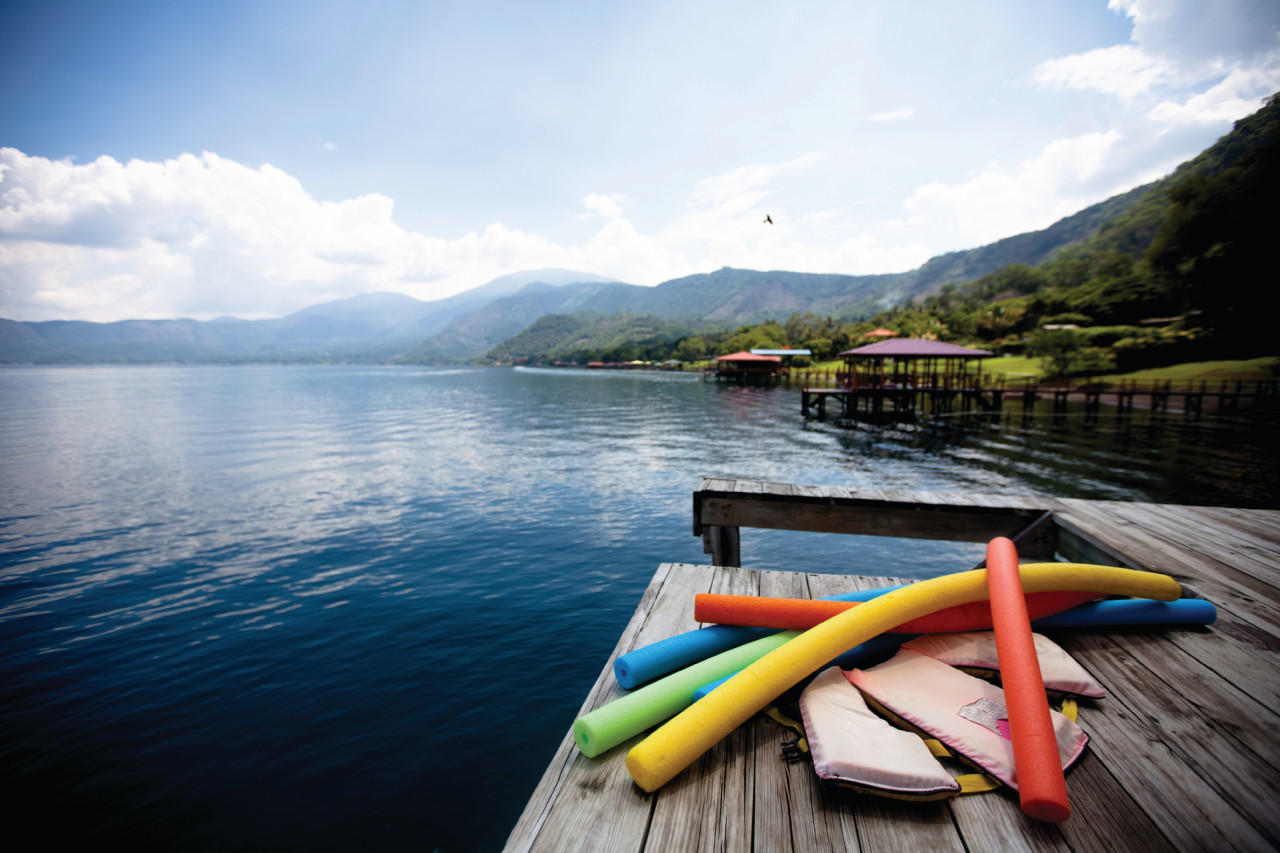
Steps: Chalchuapa
The Chingo volcano is located on the border of Guatemala and El Salvador. The landscape at the top is magnificent, the view offers lagoons as well as most of the volcanoes of both countries. In the afternoon, visit the Finca San Antonio which houses a 24 meter high pyramid; a historical museum where pieces of pre-Columbian civilizations are exhibited and a museum of rural life.
Route of the flowers and the lake of Coatepeque

Steps: Lago De Coatepeque
The beautiful Route of Flowers offers views of the volcano range, coffee plantations, hedges of fruit trees, fields of flowers and pleasant villages with colorful houses. The lake of Coatepeque is of volcanic origin and is considered one of the 10 most beautiful lakes in the world. It has an area of 25.3 km2. The name Coatepeque means "the mountain of snakes" in Nahuatl language.
Hiking in the Volcanoes National Park
Steps: Izalco
Discover the National Park of Volcanoes. This vast park is home to three "giants":Izalco (1,950 meters), Ilamatepeque (2,381 meters) and Cerro Verde (2,030 meters). Climb the highest volcano in the country. At the top emerges a mega crater of 2,500 meters in diameter. At the bottom of the crater, 290 meters deep, lies a sulfurous lagoon of emerald color.
Los Cobanos Beach
Steps: Los Cóbanos
Los Cobanos is a beach of volcanic origin with white sand and rock formations. The biodiversity of these rocks presents a great variety of corals, invertebrates and fish, as well as two shipwrecks from the late 1800s that are a goal for recreational diving. It is also possible to practice snorkeling and shallow diving.
Santa Ana and El Zonte Beach
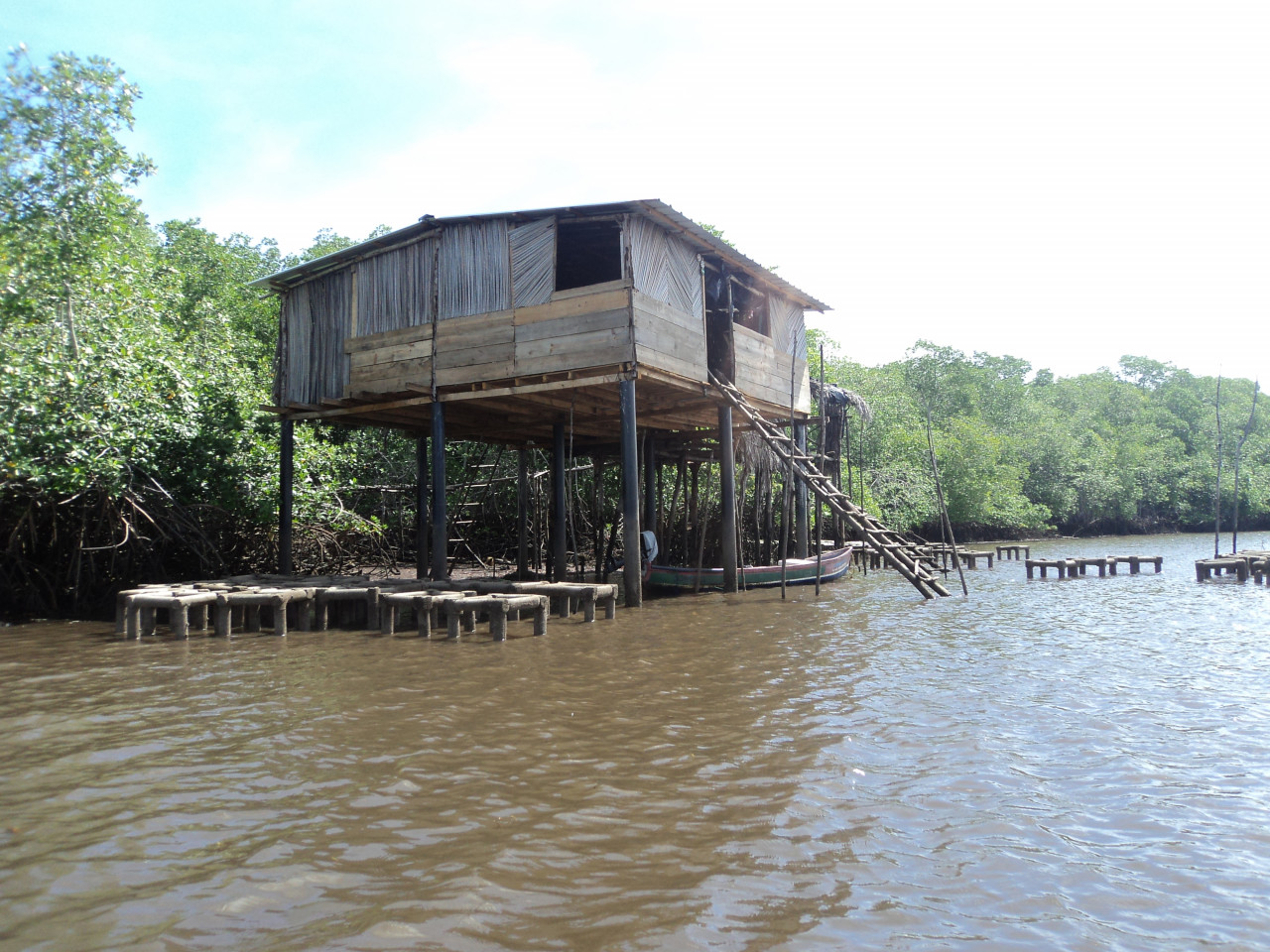
Visit the beautiful historic centre of Santa Ana, which boasts an all-white neo-gothic church, a green Italian Renaissance National Theatre and a colonial-style ochre-coloured Town Hall - it makes the place look great. Head for the Playa El Zonte, located in a quiet and secluded environment.
Jiquilisco Bay: islands, mangroves and wild beaches
Steps: Bahía De Jiquilisco
Today, we are heading to the Pacific! Head for the bay of Jiquilisco, a region of islands, mangroves and wild beaches that is home to several species of birds as well as sea turtles (in season). Upon arrival, board a lancha for a trip in the bay. Swimming and resting on sandbanks. Relaxation and nature at the appointment of this day.
Bay of Jiquilisco: discovery, sport and rest
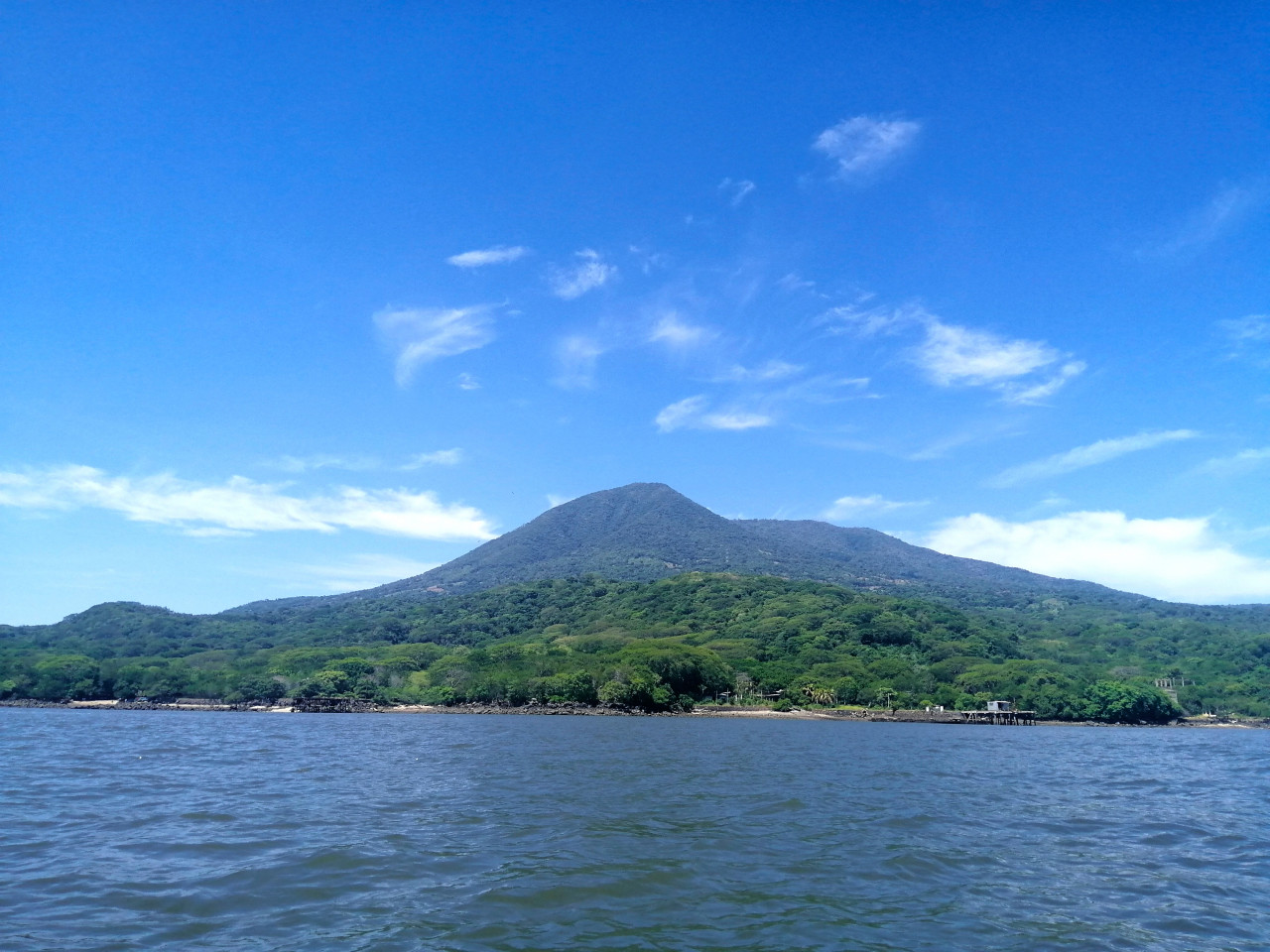
In the morning, visit the island of Espíritu Santo, where you can see the process of extraction of coconut oil. In the bay of Jiquilisco, enjoy swimming, snorkeling, bird watching, sailing, kayaking, fishing and windsurfing, or do nothing, just rest.
Volcano of Conchagua - Conchagua - La Union
Steps: Conchagua
The most beautiful view of the Salvadoran coast is offered by the Conchagua volcano, from where you can appreciate the islands of the Gulf of Fonseca as well as the city of La Unión
, and various beaches. The village of Conchagua, founded in 1543 has a colonial church built in 1693.La Unión has tourist attractions such as the Los Coquitos pier, the central park and the old train station.
The Gulf of Fonseca
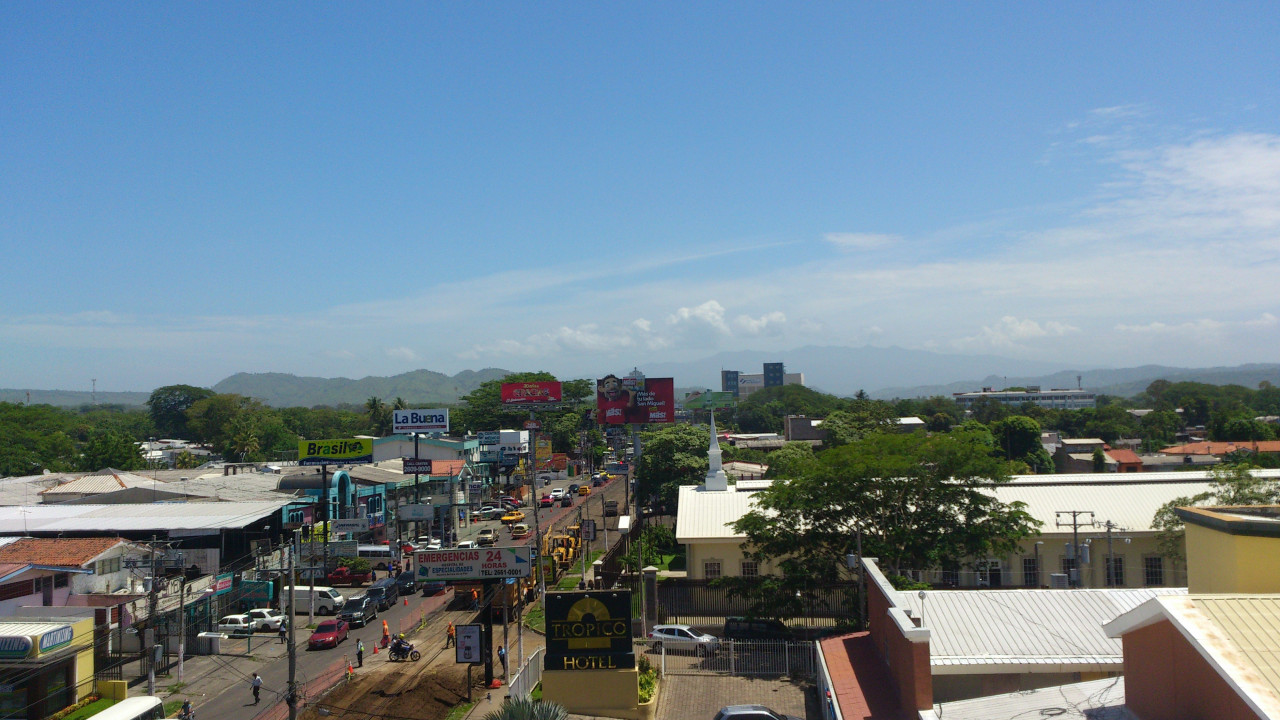
Three countries share the waters of this magnificent gulf: El Salvador, Honduras and Nicaragua. Take a trip on a lancha to discover its string of islands, among others the beautiful island of Meanguera, swim and laze on the magnificent beach of the island of Punta Zacate and have lunch on the spot in one of the restaurants. If you are lucky, you might see dolphins on this trip.
San Miguel - Rio Sapo - Perquin
Steps: Perquín
San Miguel has a beautiful historical center, with colonial houses, its municipal palace, its central square, its cathedral, and its municipal theater is a splendid neoclassical building. The Rio Sapo, with its turquoise waters, is an interesting ecosystem with a river and a dry forest. In Perquin, visit the Museum of the Revolution, which traces the history of the civil war.
El Mozote - Cacaopera - Corinto
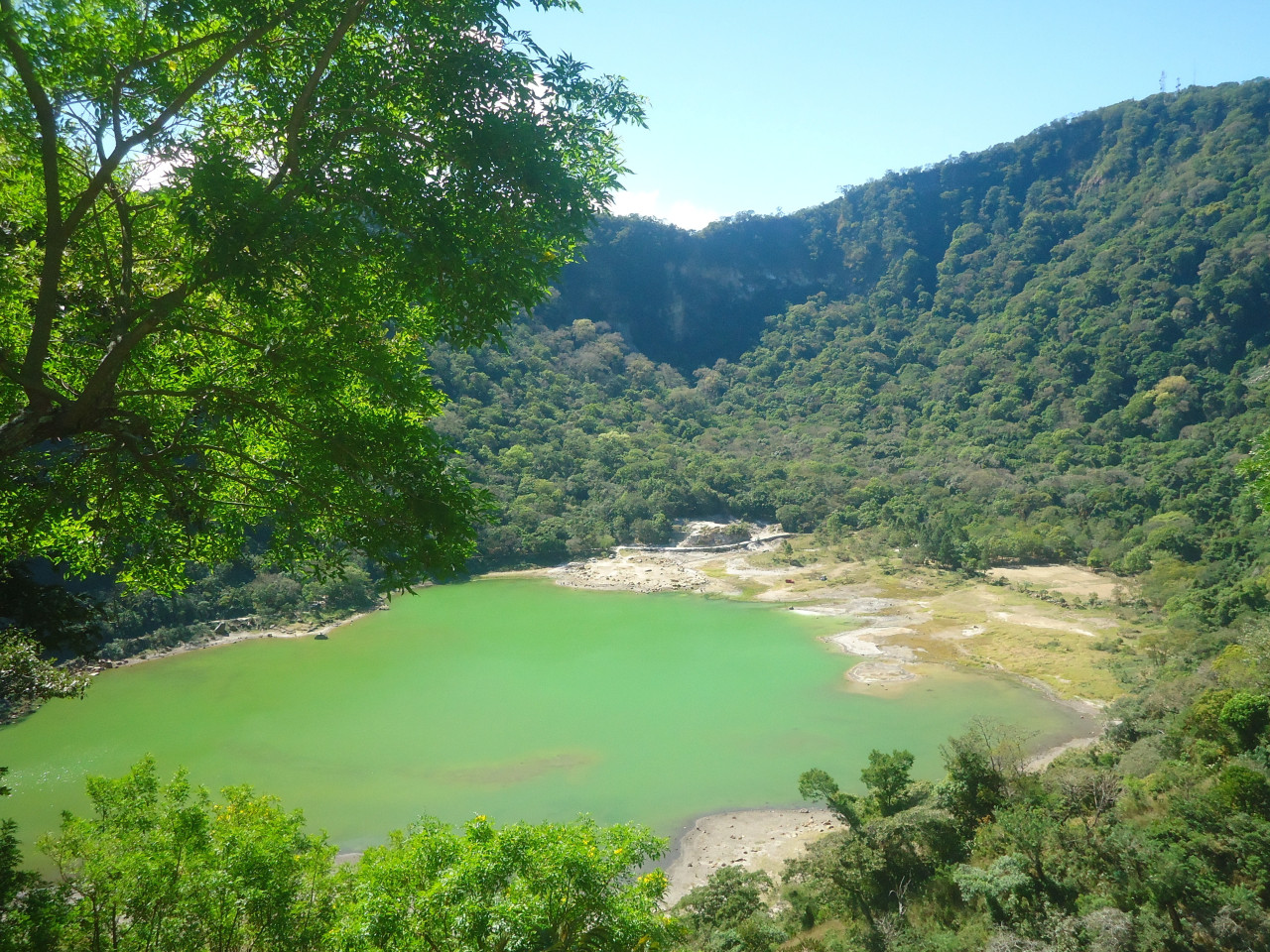
Steps: El Mozote
The memorial ofEl Mozote is an important place of pilgrimage in honor of the martyrs of the armed conflict. Cacaopera has a colonial church built in 1660 and still maintains its traditions and customs, one of which is the Dance of the Feathers. In Corinto, visit the El Espiritu Santo cave, which houses 10,000-year-old cave paintings (snakes, plants, birds, feathers).
Laguna de Alegria - San Vicente
Steps: Alegria
Nicknamed by Gabriela Mistral "La Esmeralda de America", the Laguna de Alegria is one of the most beautiful places in the country. The Pan-American Highway allows you to discover the Chinchontepec volcano and to appreciate the grandiose panorama of the Jiboa valleys. San Vicente, with its 40 meter high tower, its cathedral and the Basilica of Our Lady of the Pillar, which dates from the 18th century, is very attractive.
Lake Ilopongo - Costa del Sol
The caldera of Lake Ilopango was formed as a result of a cataclysmic eruption in thefifth century, producing huge lava flows that destroyed various Mayan cities. A ride on a lancha allows you to discover the islands that were formed as a result of different eruptions. The Costa del Sol, 15 km long, is considered one of the best and most famous beaches in the country
